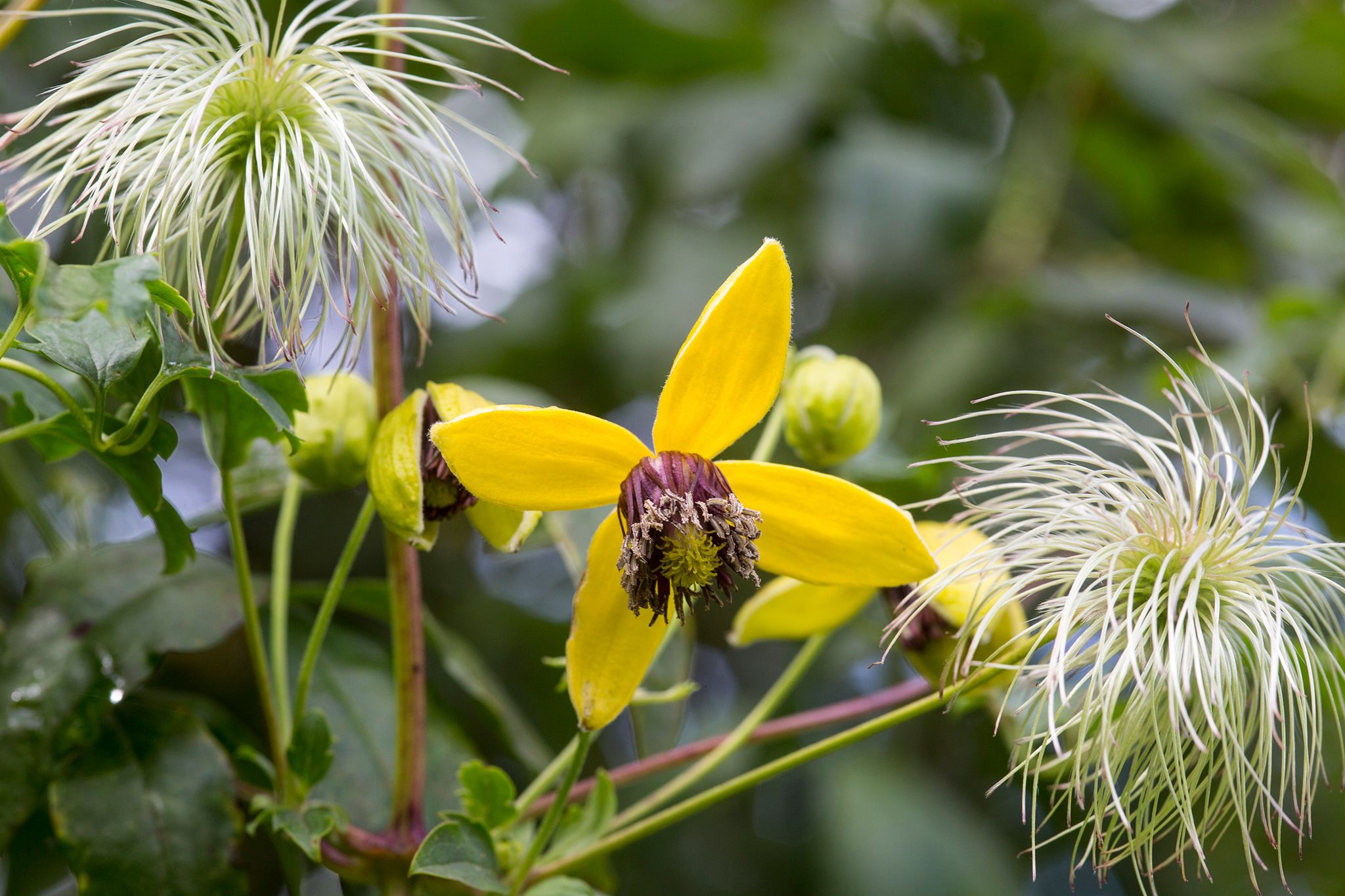When and How to Transplant Clematis
Transplanting clematis is a delicate but necessary process when you want to rejuvenate or relocate these stunning vines. In this comprehensive guide, we will provide you with detailed steps and tips on when and how to transplant clematis successfully. Whether you are an experienced gardener or a novice, this article will equip you with the knowledge and techniques required to ensure the health and beauty of your clematis plants.
Why Transplant Clematis

Transplanting clematis may become necessary for various reasons, and understanding the why is the first step in ensuring a successful relocation. Here are some common scenarios where you might need to transplant your clematis:
- Overcrowding: When clematis vines outgrow their space or become overcrowded, it can lead to reduced blooming and overall health. Transplanting allows you to provide them with more room to thrive.
- Changing Locations: You may want to relocate your clematis to a different part of your garden or yard, either for aesthetic reasons or because the current location no longer suits their needs.
- Soil Improvement: If you’ve recognized that your clematis would benefit from a soil type or condition different from their current one, transplanting can help you achieve this.
- Pest or Disease Management: In some cases, clematis can fall victim to pests or diseases. Transplanting to a new location can help them avoid further infestations and recover their health.
The Best Time to Transplant Clematis

Timing is crucial when it comes to transplanting clematis. The best time to undertake this task is during the dormant season, which is typically in late winter or early spring. Here’s why this period is ideal:
- Reduced Stress: Clematis are dormant during this time, which means they are not actively growing. Transplanting during dormancy reduces the stress on the plants, making it more likely for them to adapt to their new location successfully.
- Root Growth: Early spring is when clematis start to develop new roots. Transplanting during this time allows them to establish their root system in the new spot before the growing season begins.
- Easier Pruning: When the vines are bare during dormancy, it’s easier to see and prune them appropriately, ensuring a healthier start in their new location.
Steps for Transplanting Clematis

Now that you know why and when to transplant clematis, let’s dive into the step-by-step process for a successful relocation:
- Preparation:
- Gather Your Tools: You will need a shovel, pruning shears, a trowel, and a sturdy root ball for each clematis plant you intend to transplant.
- Choose the New Location: Ensure the new spot offers the right growing conditions, such as appropriate sunlight, soil quality, and space for the clematis to flourish.
- Pruning:
- Prune the Clematis: Before transplanting, prune the clematis vines. Trim them down to about 12 to 18 inches from the ground. This will reduce the stress on the plant and make it easier to handle during the relocation.
- Digging and Transplanting:
- Dig a Hole: In the new location, dig a hole that is twice the size of the root ball you are transplanting.
- Remove the Clematis: Carefully dig around the clematis, trying to preserve as much of the root system as possible. Lift the clematis out of the ground with the root ball intact.
- Plant in the New Location: Place the clematis in the hole in the new location, ensuring it is at the same depth as it was in its previous spot.
- Watering and Mulching:
- Water Thoroughly: Give the newly transplanted clematis a good, deep watering to settle the soil around the roots.
- Mulch: Apply a layer of mulch around the base of the clematis to help retain moisture and regulate the soil temperature.
- Aftercare:
- Monitor Regularly: Keep a close eye on your transplanted clematis. They may need some time to establish themselves in their new home.
- Fertilize: After the first growing season in the new location, consider fertilizing your clematis to encourage healthy growth.
Frequently Asked Questions (FAQ)

1. Can I transplant clematis during the growing season?
Transplanting clematis during the growing season is generally not recommended. It can cause significant stress to the plant and may result in reduced blooming and overall health. The best time to transplant clematis is during the dormant season, which is typically in late winter or early spring.
2. How deep should I plant the clematis in the new location?
When transplanting clematis, make sure to plant them at the same depth as they were in their previous spot. This will help the clematis establish their root system and adapt more easily to the new location.
3. What should I do if my clematis is infested with pests or diseases?
If your clematis is infested with pests or suffering from diseases, it’s a good idea to address these issues before transplanting. Treat the plant as needed to ensure it is in the best possible health before moving it to a new location.
4. How often should I water my transplanted clematis?
After transplanting, be sure to water your clematis thoroughly to settle the soil around the roots. The frequency of watering will depend on your local climate and soil conditions, but in general, it’s essential to keep the soil consistently moist during the early stages of establishment.
5. Can I transplant a mature clematis plant?
Transplanting a mature clematis plant can be challenging due to the size and complexity of the root system. It’s best to transplant younger plants or those that have been pruned and maintained regularly. If you must move a mature clematis, take extra care to preserve its roots and provide adequate support.
tag
- chicken feed
- how to Keep Chickens Off Your Porch
- How to grow oyster mushrooms at home
- Growing Kale in Pots


0 Comments